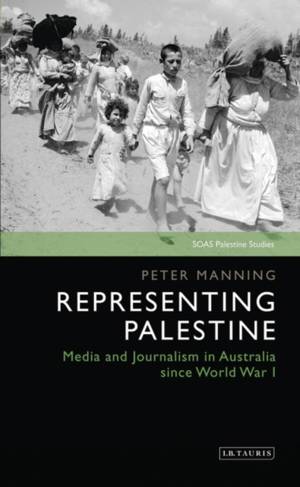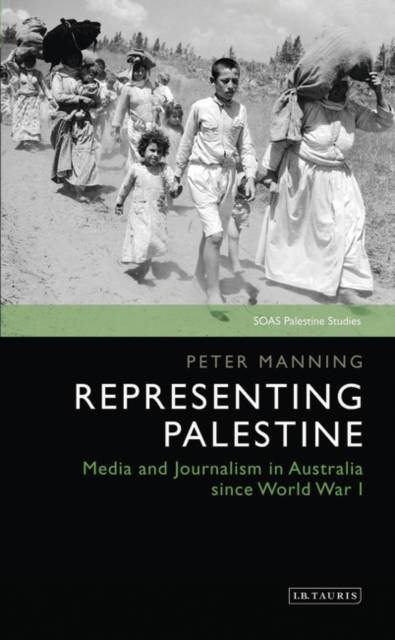
Je cadeautjes zeker op tijd in huis hebben voor de feestdagen? Kom langs in onze winkels en vind het perfecte geschenk!
- Afhalen na 1 uur in een winkel met voorraad
- Gratis thuislevering in België vanaf € 30
- Ruim aanbod met 7 miljoen producten
Je cadeautjes zeker op tijd in huis hebben voor de feestdagen? Kom langs in onze winkels en vind het perfecte geschenk!
- Afhalen na 1 uur in een winkel met voorraad
- Gratis thuislevering in België vanaf € 30
- Ruim aanbod met 7 miljoen producten
Zoeken
€ 76,45
+ 152 punten
Uitvoering
Omschrijving
After more than half a century, the Israel-Palestine conflict continues to dominate headlines. But how has the coverage of Palestinians by foreign media changed? How did foreign correspondents influence the perception of Palestine amongst their audiences? And why is understanding this so important?
Based on extensive original research in the archives of Australia's oldest newspaper, Peter Manning shows how the Sydney Morning Herald portrayed Palestine during three key periods - the end of World War I (1917-8); the Nakba and the creation of Israel (1947-8); and 9/11 and its aftermath (2000-2). In the process, he takes the reader on a unique journey from the moment information was gathered on the ground in Palestine, through to its final processing and publication. Crucially, when correspondents neglected to write about Palestinians, their perspective never made it to readers and a space emerged for stereotyping and misunderstanding.
Manning reveals how the newspaper reported on key events such as Australian troops in Palestine and the Holocaust, but also how the newspaper failed to cover massacres and forced migrations. Combining close textual analysis of more than 10,000 articles with cutting-edge quantitative research methods, this book is important reading for anyone with an interest in how the print media has portrayed the conflict in Palestine - both in Australia and beyond.
Based on extensive original research in the archives of Australia's oldest newspaper, Peter Manning shows how the Sydney Morning Herald portrayed Palestine during three key periods - the end of World War I (1917-8); the Nakba and the creation of Israel (1947-8); and 9/11 and its aftermath (2000-2). In the process, he takes the reader on a unique journey from the moment information was gathered on the ground in Palestine, through to its final processing and publication. Crucially, when correspondents neglected to write about Palestinians, their perspective never made it to readers and a space emerged for stereotyping and misunderstanding.
Manning reveals how the newspaper reported on key events such as Australian troops in Palestine and the Holocaust, but also how the newspaper failed to cover massacres and forced migrations. Combining close textual analysis of more than 10,000 articles with cutting-edge quantitative research methods, this book is important reading for anyone with an interest in how the print media has portrayed the conflict in Palestine - both in Australia and beyond.
Specificaties
Betrokkenen
- Auteur(s):
- Uitgeverij:
Inhoud
- Aantal bladzijden:
- 304
- Taal:
- Engels
- Reeks:
Eigenschappen
- Productcode (EAN):
- 9780755641192
- Verschijningsdatum:
- 26/11/2020
- Uitvoering:
- Paperback
- Formaat:
- Trade paperback (VS)
- Afmetingen:
- 156 mm x 234 mm
- Gewicht:
- 417 g

Alleen bij Standaard Boekhandel
+ 152 punten op je klantenkaart van Standaard Boekhandel
Beoordelingen
We publiceren alleen reviews die voldoen aan de voorwaarden voor reviews. Bekijk onze voorwaarden voor reviews.









